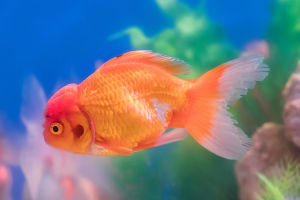Kayaking and rowing are two different water sports that have been enjoyed by people for centuries. The origin of kayaking can be traced back to Greenland, where the Inuit people used small boats made of whale and otter skin for hunting and fishing. On the other hand, rowing originated in Canada and is also known as Canadian rowing.
Canoeing, which is considered an important means of transportation in ancient times, has developed into a competitive sport over the years and is now an Olympic sport. Kayak and rowing, which are both derived from canoeing, have significant differences in terms of equipment, boat structure, paddle-holding methods, and technical movements.
A kayak is a boat where the rower sits and uses a two-bladed paddle for power, while in rowing, the rower kneels in the boat with one leg and uses a single-bladed oar for power. Moreover, kayaks and rowing boats differ in terms of design, materials of construction, and paddling style.
Kayaking was established as a competitive sport in 1924 with the formation of the International Canoe Association in Denmark. In 1936, kayaking was included as an official event in the Olympic Games held in Berlin. Since then, the events of kayaking have been constantly changing, and now there are twelve events in the Olympic Games.
Kayaks can be classified based on their design and construction materials. Each design has specific advantages including performance, manoeuvrability, stability, and paddling style.
Kayaks can be made of different materials such as metal, fibreglass, wood, plastic, fabric, and inflatable fabrics like rubber. Inflatable kayaks made of lightweight fabric are popular due to their portability and durability.
There are two types of kayaking: flatwater and rapid kayaking. Flatwater kayaking is practised on calm lakes, rivers, and oceans, and involves paddling in a single or tandem kayak.
Rapids kayaking is carried out in rapids and requires athletes to use a single kayak to row. Rapids kayaking is more challenging as it requires the athlete to maintain balance and speed in fast-moving water.
To become a good kayaker, athletes need to have certain skills and qualities. First of all, they need to have good physical fitness, including endurance, strength, and agility.
Secondly, they need to master kayak control skills, including paddling, adjusting the rudder, and maintaining balance. Lastly, they need to have strategy and skill to win the game.
Kayaking is not only a sport but also a leisurely outdoor activity suitable for ordinary people to participate in. One of the most important features of kayaking is that it allows people to explore unseen scenery.
By driving a kayak to any place they want to go, people can see strange scenery that they can't usually see on lands, such as islands, caves, water birds, flying fish, strange plants, and more.
Kayaking and rowing are two different water sports with unique features and differences. While kayaking requires a two-bladed paddle for power and is carried out in calm lakes, rivers, and oceans, rowing requires a single-bladed oar for power and is usually carried out in rivers.
With proper training and mastery of kayaking skills, kayaking can be enjoyed by people of all ages and fitness levels, as both a competitive sport and a leisure activity.


